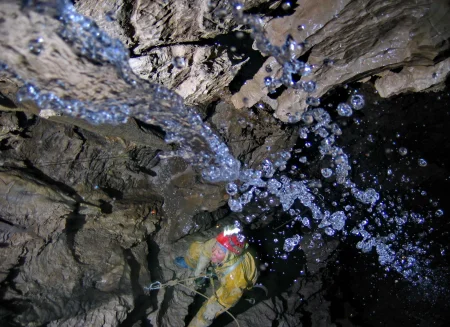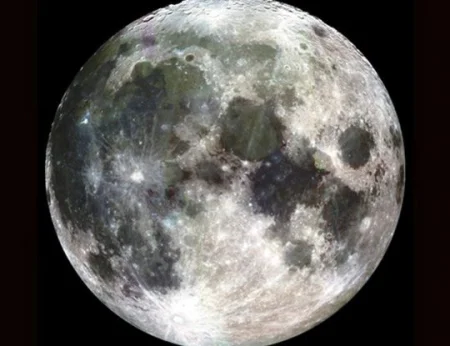Top 5 Deepest Places on Earth Where Humans Have Been
There are places on Earth so deep, they defy human imagination. Yet, despite extreme conditions, humans have reached them — for science, exploration, or historic missions. Here are the top 5 deepest locations on the planet ever visited by humans.
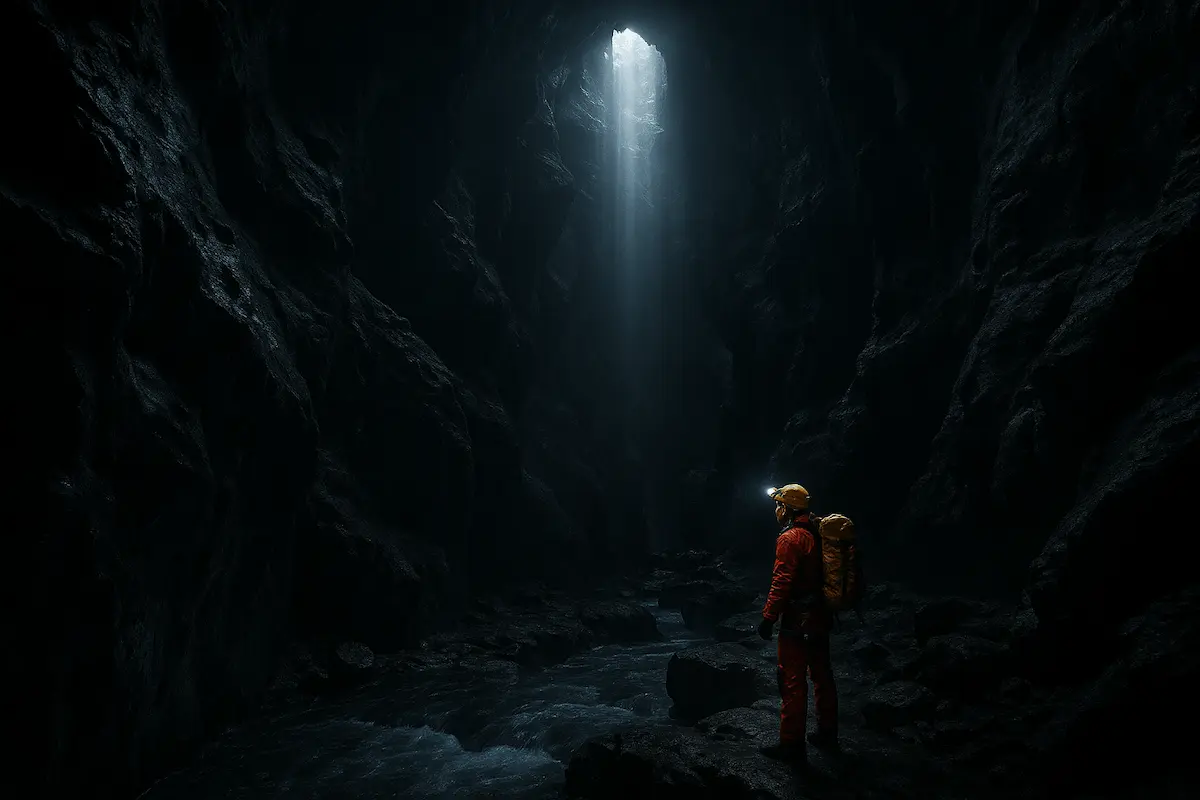
Photo: A lone explorer follows a faint beam of light into the depths of a dark, extreme, and isolated cave environment.
Source: ZenoFusion
1. Krubera Cave (2,197 m) – Georgia
📷 Photo (Author: Yuri Kasyan Source: ru.wikipedia.org)
Located in western Georgia, deep within the Arabika Massif, Krubera Cave held the title of the world's deepest known cave for many years. With a depth of 2,197 meters from the entrance, reaching the bottom is an expedition that can take nearly two months.
This cave is physically demanding — constant dampness, fragile rocks, and icy waters turn it into a true challenge. Temperatures remain below freezing, and navigating its dark, narrow passages is a struggle. Explorers set up temporary camps to safely advance deeper underground.
Krubera is mentally challenging too — isolation, silence, and sheer depth push every visitor to test their inner strength. It’s a spiritually and scientifically significant place that stands as a testament to human courage and curiosity.
2. Veryovkina Cave (2,223 m) – Abkhazia
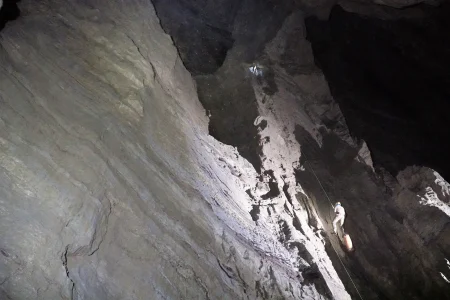 📷 Photo (Author: Petr Lyubimov Source: ru.wikipedia.org)
📷 Photo (Author: Petr Lyubimov Source: ru.wikipedia.org)
Also located in the Arabika Massif, Veryovkina Cave is currently the deepest known cave in the world, reaching beyond 2,223 meters. Its entrance appears unremarkable — just a crack in the rock — but inside lie vast halls, narrow labyrinths, and underground rivers.
The cave challenges explorers at every level: in some places, crawling through tight crevices is the only way forward, while others require diving through flooded sections. These dives demand specialized gear and trained cave divers.
Researchers set up deep underground camps, some even more than 1,000 meters below the surface. Veryovkina is a test of psychological endurance, where time and space lose their meaning, and the Earth feels like another planet.
3. Mponeng Mine (4,000 m) – South Africa
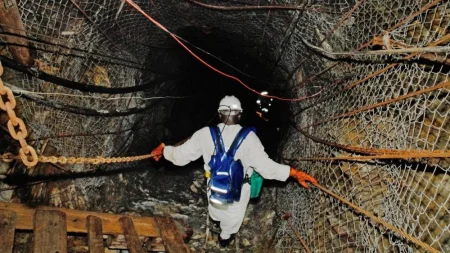 📷 Photo (Author: worldkings Source: worldkings.org)
📷 Photo (Author: worldkings Source: worldkings.org)
Mponeng is the deepest mine on Earth, descending 4,000 meters below the surface. Located near Johannesburg, thousands of workers descend into its tunnels daily in search of gold.
The temperatures are nearly unbearable — rocks can reach over 60°C. Massive cooling systems are installed underground to keep conditions survivable. Workers take elevators for about an hour and then walk for hours more through tight shafts.
Interestingly, scientists have discovered life here — microorganisms that survive without sunlight, feeding on hydrogen and sulfur. Mponeng is still operational, with plans to go even deeper. It represents the extreme limits of technology and human endurance.
4. Bermuda Triangle (~8,000 m) – Atlantic Ocean
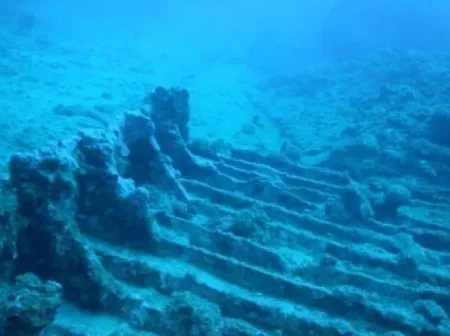 📷 Photo (Author: NOAA Biogeography | Tim Battista | Nick Przyuski Source: livescience.com)
📷 Photo (Author: NOAA Biogeography | Tim Battista | Nick Przyuski Source: livescience.com)
The Bermuda Triangle is one of the most mysterious regions in the world's oceans. Located between Miami, Bermuda, and Puerto Rico, its seafloor reaches depths of up to 8,000 meters in some places.
This area is infamous not just for its geography but for unexplained phenomena: vanishing ships, malfunctioning compasses, methane eruptions, and unidentified radar objects. Researchers using specialized submersibles often report strange biological forms and magnetic anomalies.
Diving here is a bold endeavor, marked by danger and curiosity. There are no mapped paths — only live exploration and constant risk. Yet scientists continue to dive, chasing answers to centuries-old mysteries.
5. Challenger Deep (10,984 m) – Mariana Trench
 📷 Photo (Author: Vlvescovo Source: en.wikipedia.org)
📷 Photo (Author: Vlvescovo Source: en.wikipedia.org)
Challenger Deep is the deepest known point on Earth, located in the western Pacific Ocean. Its depth of 10,984 meters is about twelve times deeper than Mtatsminda is high.
In 1960, Jacques Piccard and Don Walsh were the first to reach it aboard the Trieste bathyscaphe. Later, in 2012, filmmaker James Cameron descended solo using his Deepsea Challenger, spending nearly three hours at the bottom. Despite the 1,100-atmosphere pressure, scientists discovered living organisms — blind fish, bacteria, shrimp-like creatures.
Physically and symbolically, the trench represents Earth’s ultimate boundary. Reaching its depths means crossing the limits of exploration and touching a realm still largely unknown to humankind.
✍ Author: Tornike (Content Strategist at ZenoFusion) 01/05/2025
✍ Article Author
- Registered: 27 April 2025, 10:30
- Location: Georgia

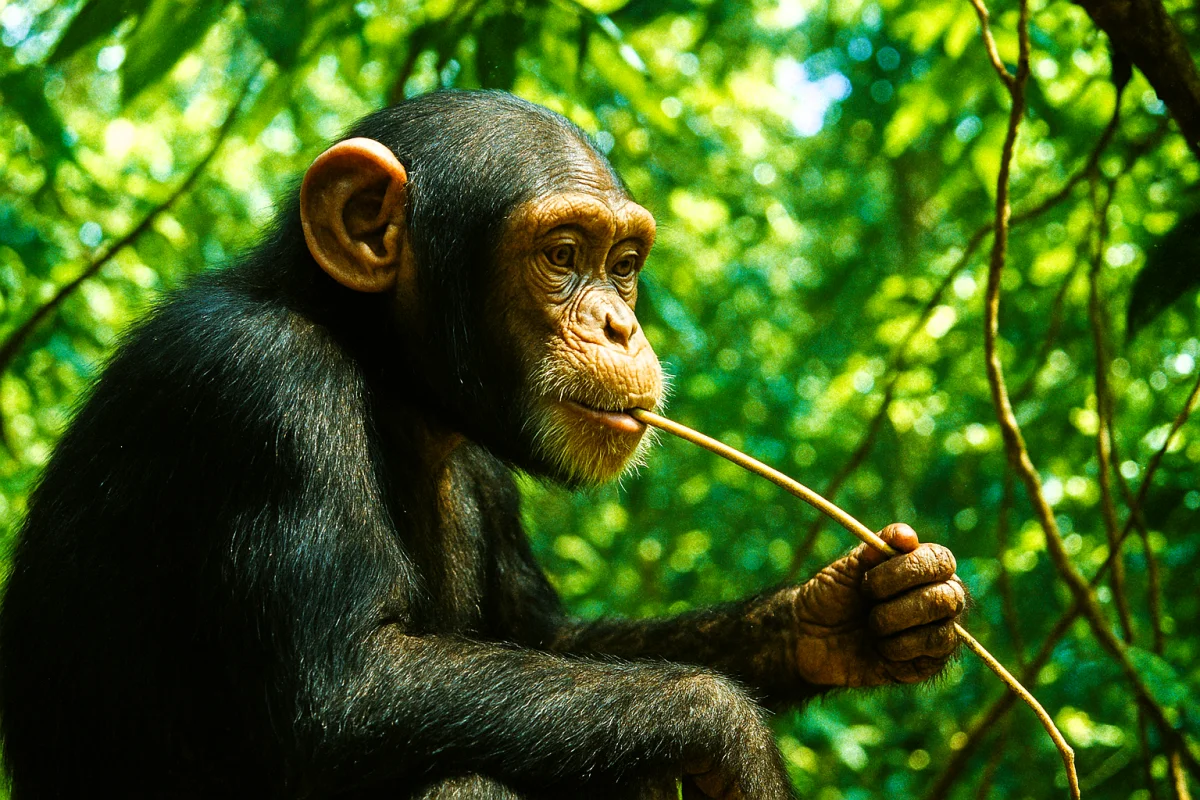

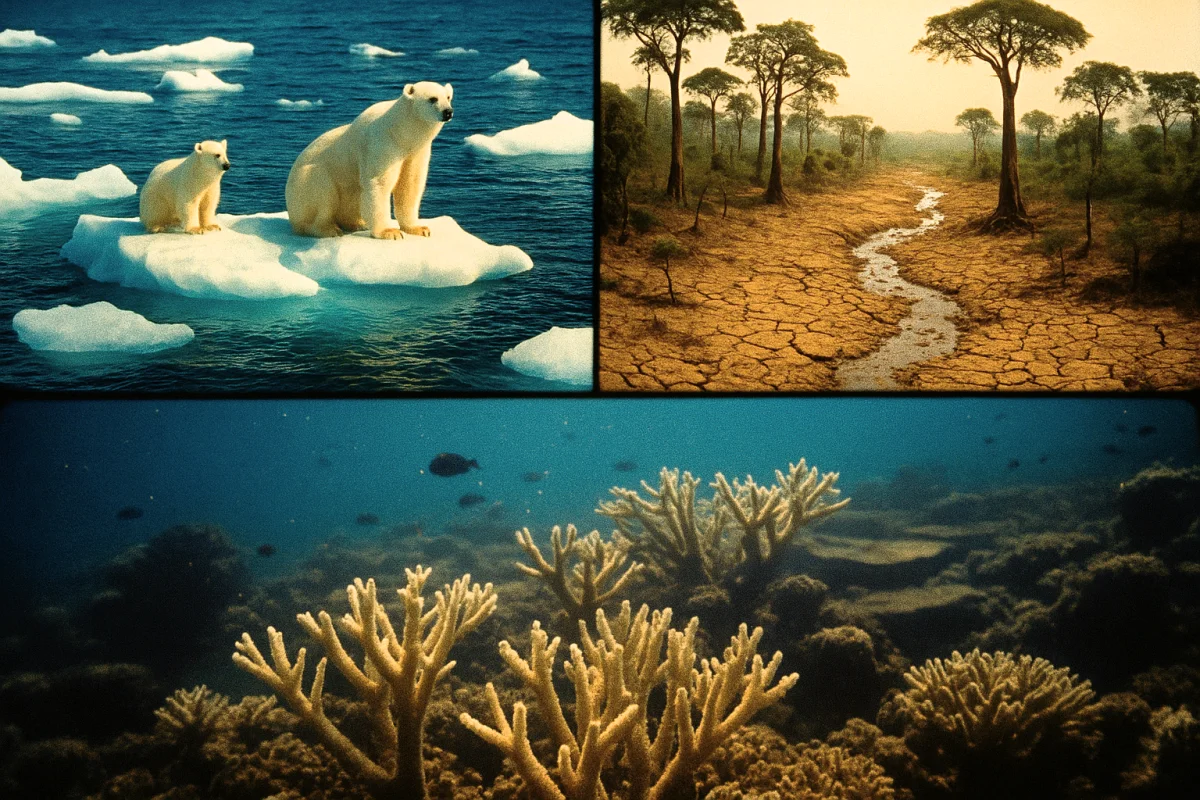
 Tornike
Tornike